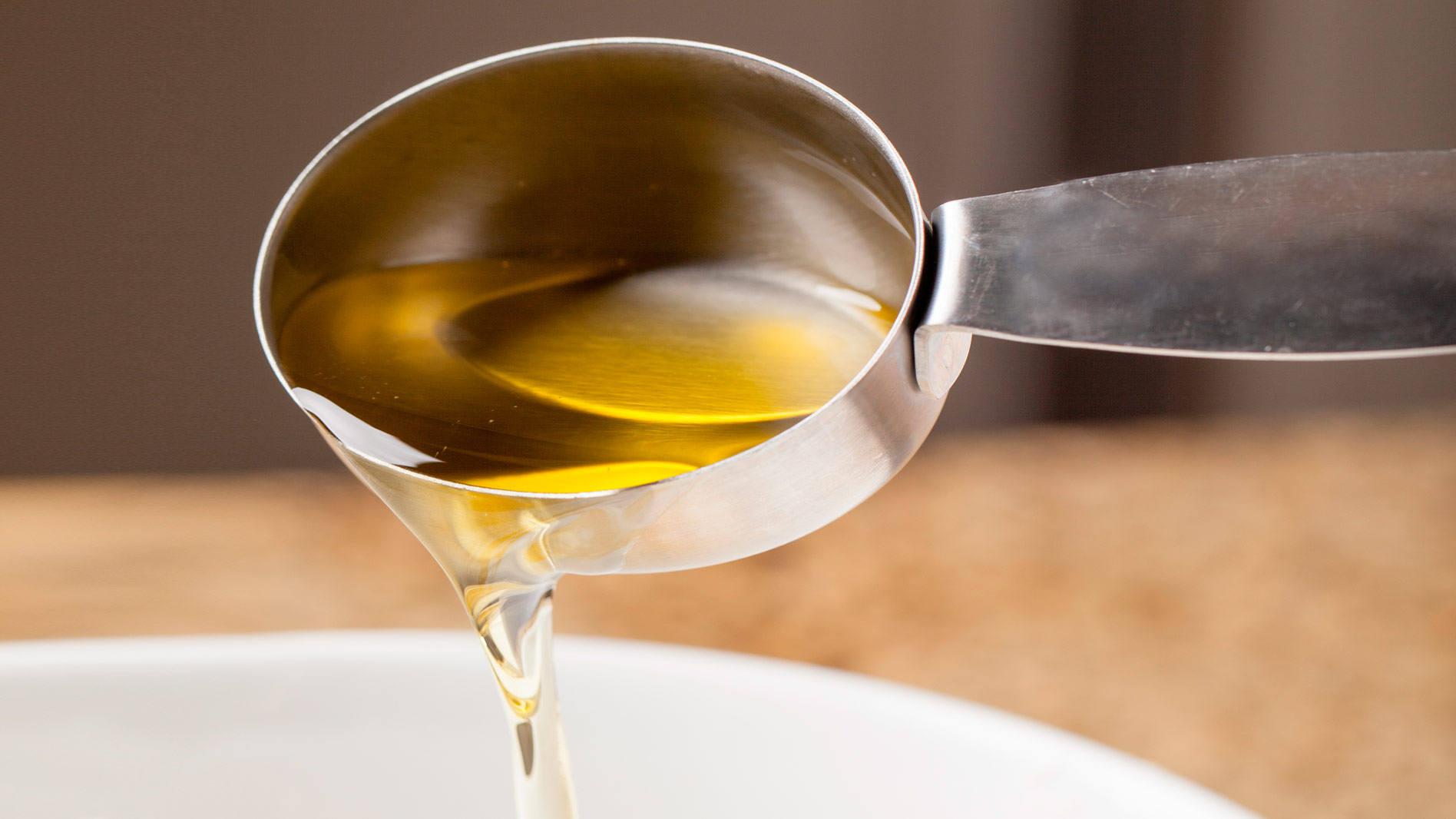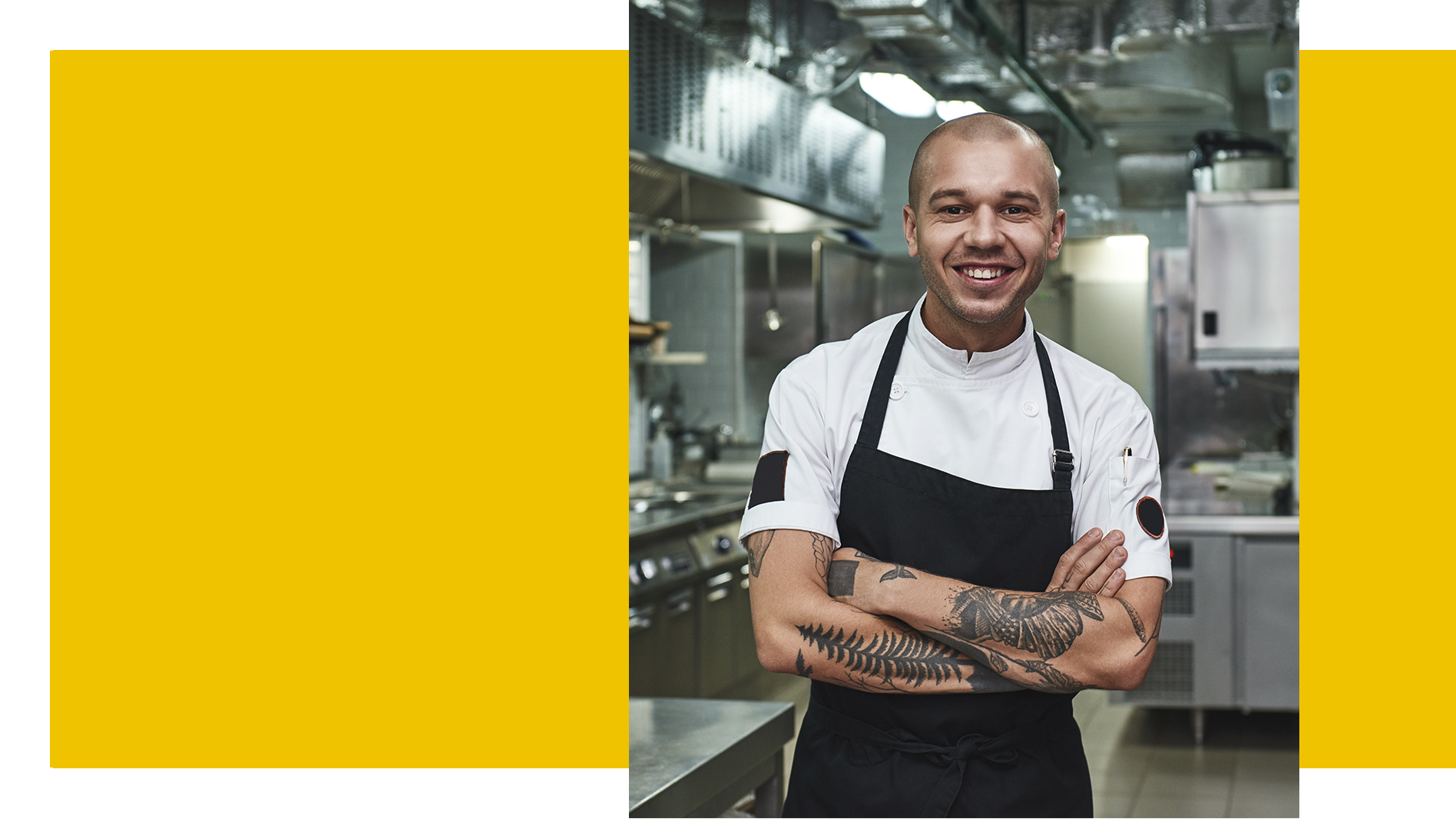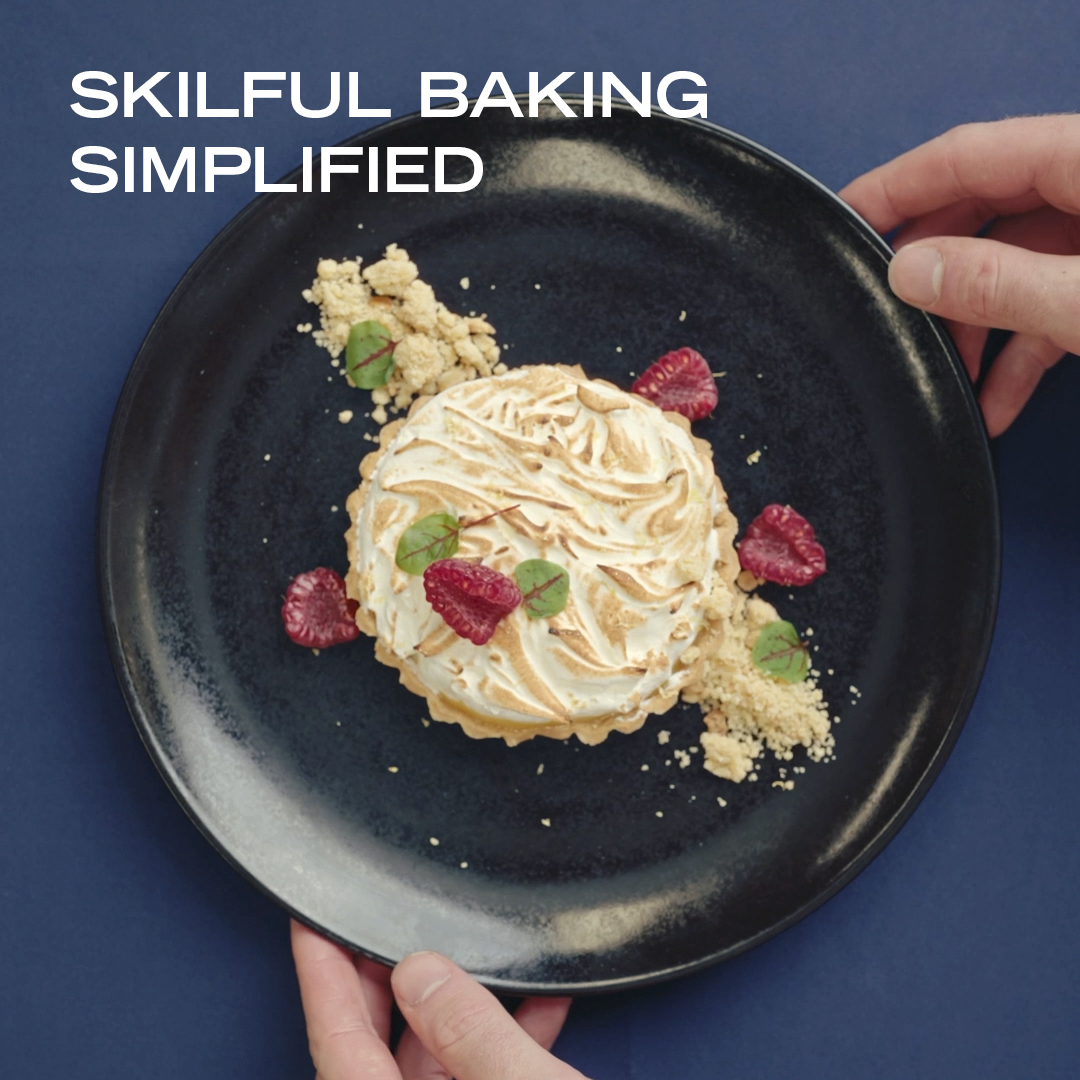
The deep fryer is a staple of any kitchen; but there is more to frying than meets the eye. We break down the dos and don’ts in this informative “how to”.
There are few things as satisfying as the crunch of a golden, fluffy fat-cut chip. And while we know deep frying adds fat to our food, it will always hold a special place in our culinary consciousness when we need a comforting meal. Frying may look simple, but getting it right involves more than just chucking a battered fillet into a vat of hot oil. Undercooked food, soggy batter and third-degree burns are known to come with deep frying territory, but this doesn’t have to be the case.
This troubleshooting guide will help you fearlessly fry in no time.
Frying: The good oil:
We know that deep frying is often the fastest way to cook, with most foods cooked in under five minutes. This makes it easy to prepare food to order, keeping waste to a minimum and imparting that unique feel-good flavour to food – cue the crunch of the batter, the creaminess of the inner core and the memories of your childhood summers.
Keep in mind, when oil is re-used, it becomes degraded and more of it is absorbed into food. Vegetable, canola and rice bran oils can be heated to much higher temperatures without burning (and are the recommended oils if you’re using a proper deep fryer).

ARE YOU GETTING YOUR MONEY’S WORTH FROM YOUR OIL SUPPLY?
Download your free Guide To Using Oils today to ensure your oil is going the full distance.
What happens in the vat:
The frying process occurs in four stages:
- Initial heating: The food surface heats to boiling point and moisture starts to evaporate turning into steam.
- Fat/oil transfer: As the food continues to heat up the moisture in the food turns to steam and works its way to the foods surface where it is seen as bubbles. The movement cause by the steam leaving the food repels the oil at the food’s surface and prevents it from diffusing into the food.
- Surface and crust formation: Crust begins to form in the first 60 seconds of the frying process sealing the food.
- Cooking the interior: the product’s internal core temperature rises effectively cooking the food. Food should be removed when few bubbles appear on the surface of the food.
Basic rules for deep frying:
There are a few basic rules for frying food correctly; the fryer should be filled to recommended levels, food should be prepared correctly and oil should be changed regularly. However, the real secret to becoming master of the deep fryer is to be vigilant about oil temperature.
The oil must be hot enough to seal the food so the fat doesn’t penetrate but not so hot that the exterior burns before the inside has a chance to cook. Using a thermometer is the easiest way to monitor and maintain a consistent temperature, even better if your electric deep fryer has an inbuilt thermostat.
Consider how much space your food is going to take up in the fryer and avoid overcrowding the vat. You need to leave room for the food to rise and heating too many items in the fryer will alter the cooking time.
Also be aware that food that is frozen or chilled will reduce the oil temperature, so try to fry foods from room temperature. When you’ve fried your food to perfection, remove it from the oil with a slotted spoon — don’t use tongs as they can pierce the crispy batter, allowing steam to escape.
The best way to drain fried items is with a paper towel to soak up the excess oil.
Finally, you need a plan for disposing of your oil. Dropping hot oil down the sink is not good for your pipes or the environment. If your restaurant goes through large amounts of frying oil, you’ll need to sort out a long-term solution, like organising for it to be collected and recycled.
Indicative frying times food:
| Food | Temperature (°C) | Time (minutes) |
|---|---|---|
| Chicken Pieces | 170 | 6 – 8 |
| Chips (frozen) | 180 | 4 – 5 |
| Croquettes | 185 | 2 – 3 |
| Donuts | 185 | 1 – 2 |
| Fish (fresh) | 180 | 2 – 4 |
| Fish (frozen) | 180 | 5 – 6 |
| Onion Rings | 180 | 2 – 4 |
| Schnitzel | 180 | 3 – 5 |
Troubleshooting:
Something not quite right? Here are some common problems chefs experience with fryers and how to fix them.
I accidentally used the wrong type of oil for frying!
There are many types of oils that can be used to deep fry food. Generally, the best oil for deep frying are the ones with a high smoke point since they can withstand high temperature. This means that they won’t easily burn when subjected to high temperature which can produce harmful compounds and makes the food taste bad. Vegetable oil is a good example of oil with high smoke point. You can also count soybean oil, peanut oil and canola oil to the list of oils with high smoke points. On the other hand, you should also monitor the temperature since too much oil heat is dangerous as it can catch fire when left unchecked.
Food is unevenly cooked!
My oil is foaming and can boil over the sides of the fryer:
Foaming usually occurs when excess starch is leeched into the oil from chips and batter. A simple solution is to wash and soak chips for at least an hour before frying and ensure the chips are dried thoroughly before you drop them into the oil. This draining rule applies to anything you’re going to fry – get rid of excess moisture for best frying results. Overloading the fryer can also cause foaming explosions. Maintain an oil to food ratio of about 6:1 and keep vats well skimmed and strained of any batter debris. Oil should be topped up each day and completely replaced every four to five days.
My oil is disappearing! Why is the fryer consuming so much oil?
Food will absorb a lot of oil when the oil temperature is not high enough. It needs to be hot enough to form that crispy seal that locks in the food and causes it to cook internally. Check the recommended temperature for minimum oil consumption for your fryer as well as recommended temperature for the type of food you’re working with.
The oil in my vat darkens as soon as I drop food in:
Sounds like your oil temperature is too high. Check that your thermostat is accurate and remember to reduce your oil temperature during low periods. Oil darkening can also be caused by leaving crumbs from your batter in the vat. Keeping vats well skimmed and strained solves the problem. Salting foods before putting them in the fryer is also problematic. Remember to always season after frying, not before.
Food with a naturally high sugar content can also cause oil to darken. This can occur with end of season potatoes, in particular.
Ouch! There’s oil splattering everywhere!
Oil and water don’t mix. If you’ve ticked off the instructions above regarding draining your chips well before frying, the issue may be your utensils. Never use wet spoons or baskets in the fryer.
Help! My oil is breaking down!
Oil begins to break down when it’s old, overused or heated too quickly. Ensure your oil is replenished daily, skimmed regularly and replaced every four-to-five days and you should eliminate the problem. Oil breakdown can also occur when it comes into contact with copper or brass utensils, so check your spoons and baskets. Other causes can include food not being drained properly, overloading the fryer or having condensation drip back from the vat’s exhaust into the oil.
No fire, but there’s smoke! Why is my oil smoking?
The most likely response is, you need to turn the heat down. If your oil’s been smoking, you really should replace it. Once heated past its smoke point, the fat or oil starts to break down, releasing free radicals and acrolein, the chemical the gives food that sharp, bitter “burnt” flavour and smell.
My fried food is greasy and gross:
Greasy fried food can be caused by a number of factors. Firstly, check your thermostat, food that absorbs lots of oil to become soggy and greasy has usually been fried in oil that’s not hot enough or the food hasn’t been prepped and drained properly before frying. Also, beware excess batter! Using the minimum amount of breading or batter not only makes for a tastier meal, it helps to keep food crispy.



